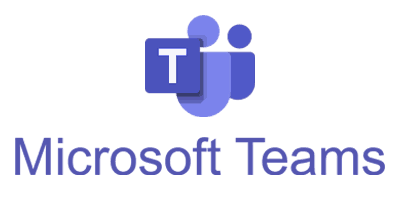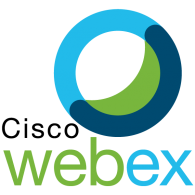AN ONLINE WORKSHOP ON REMOTE WORK SOLUTIONS
- Constante Y. Gakpo

- Oct 13, 2020
- 4 min read
A few weeks ago, on August 18th, the president of ALUKSONS BUSINESS SOLUTIONS, Lionel Aluka conducted an online workshop organized by the Boca Raton Chamber of Commerce on some of the many remote work platforms available today.

You'd agree with me that the world is evolving fast and in a post-COVID world, an increasing amount of businesses are opting to let their employees work from home.
To make our lives easier, remain productive, safe and make the transition to the cyberspace smoother for us all, it is imperative that we acquire good knowledge and understanding of the various remote work platforms available today.
Most of us would rather be safe at home rather than exposed to the virus so why not give ourselves all the necessary tools to succeed in the remote work arena?
Among the various platforms available, we have Webex, Zoom, Google Classrooms, Microsoft Teams etc.
This particular workshop focused on tips and tricks for using Zoom, Microsoft Teams and Webex.
Participants who took part in this workshop essentially learned the differences between the three platforms and how to choose which one works best for them.
Allow me to share some snippets with you.
We'll start with the very popular Zoom.

ZOOM is a remote work solution that enables you to work remotely and reach a very large audience. It is very user friendly and you can easily operate it yourself. It allows you to leverage social media (i.e. Snapchat to introduce a better version of you, thanks to the available filters, but also Facebook and YouTube for livestreaming your meetings).
However, the people's favorite ZOOM still presents a number of security concerns. One of them is how easy it is for unauthorized individuals to gain access to your online meeting once they get a hold of the link to it.
We saw this happen back in February 2020 when the Chancellor of New York city's Department of Education, Richard A. Caranza sent an email to all school principals, telling them to "cease using Zoom as soon as possible".
Zoom has since resolved a slew of these security issues and introduced end to end encryption as an additional layer of protection.
Lionel then introduced Microsoft Teams or MS Teams for short.

Teams is a Microsoft product and part of an array of other Microsoft applications. It is a collaboration platform which allows you to do a whole lot more than just setting up/attending meetings.
It has many features set in place to control access and is the best fit for large corporations looking to have absolute control of the information that is being shared within and outside a company.
Teams is currently being used by 91 of the Fortune 100 companies. It is free but it also allows you to leverage and use so many other applications for a small fee. This makes it efficient and cost-effective because it allows you to have everything you need in one place, hence its reputation as a great collaboration platform.
Microsoft is a fortress. This makes Teams very secure and makes it difficult for an outsider to access your organization's information.
Teams allows you to work with several co-workers at once. However, the number of participants per meeting is very limited and it does not allow you to leverage social media and livestreaming like ZOOM does.
It is nevertheless integrated with another Microsoft livestreaming platform called Stream. You can integrate tons of applications in Stream.
Teams is unfortunately more complex to use, especially for new users.
Lionel finally discussed Cisco Webex.

WebEx is a solution offered by Cisco. It is a hybrid platform that makes it easy to connect users and it merges the functionalities of the aforementioned meeting platforms.
Webex works for both small and large organizations. Cisco is a leader in security and it masterfully integrates its tools with Webex.
Webex has a VoIP auto-dialer feature and also features Cisco's new cloud, security and automation platform (Meraki). With Meraki, you can wirelessly control your entire organization inside the app as well as on social media. You can leverage AI to obtain intelligent insight about who comes in and who goes out. Meraki offers you very detailed control of the activity inside your organization. Not sure what we are talking about? Watch this cool video.
WebEx has two separate apps: Cisco WebEx Meetings, a Zoom-like platform and Cisco Webex Teams, a Microsoft Teams-like platform.
One allows you to reach out to everyone just like Zoom and the other allows you to use an app reminiscent of Microsoft Teams. Two apps for the price of one.
Having a clear understanding of the difference between remote work platforms such as Zoom and collaboration platforms like Teams, you will be able to determine the right platform for you and your company.
It's all about your needs and objectives:
If your goal for example is to simply share information, reach a large audience and offer great user experience with information that is easy to understand, ZOOM is the remote work solution for you.
However, if you're looking for a more closed and controlled environment, one that you can monetize and charge each participant for access to your content, you need a platform like Teams.
To have the best of both worlds, you may use a platform like WebEx but beware of integration issues.
With the last two options, you will likely need experts to do some of the work for you.
Still don't know where to start?

Let us help you and your business succeed.
Let us help you stay on top of the latest remote work technologies, all while making sure that you are safe and steering clear of COVID-19.
Click here to set up a meeting with us. Our agents are waiting for your call, email or live chat messages.
In the meantime, please follow the link below to view the recording of our amazing workshop:
See you soon!















Comments